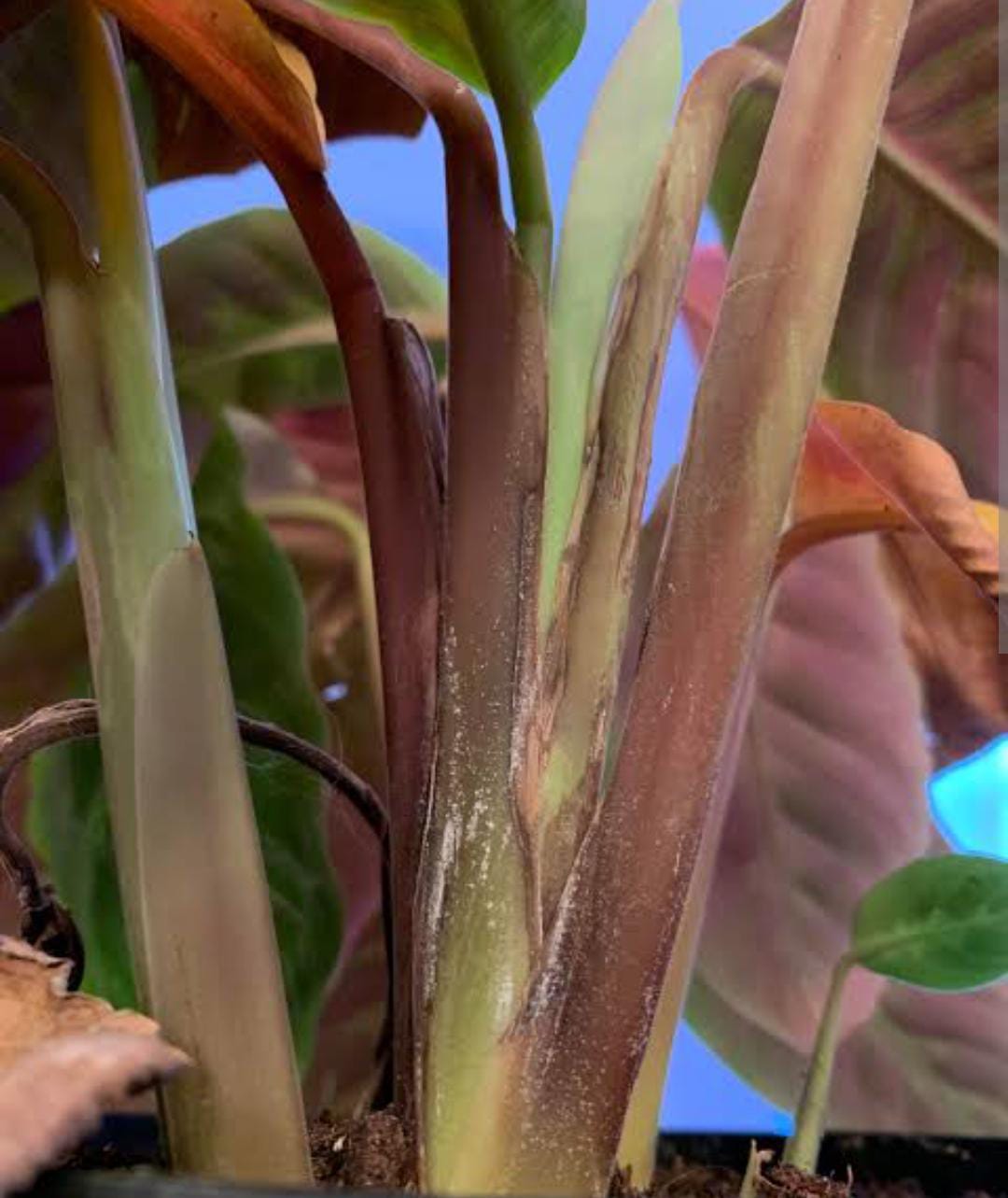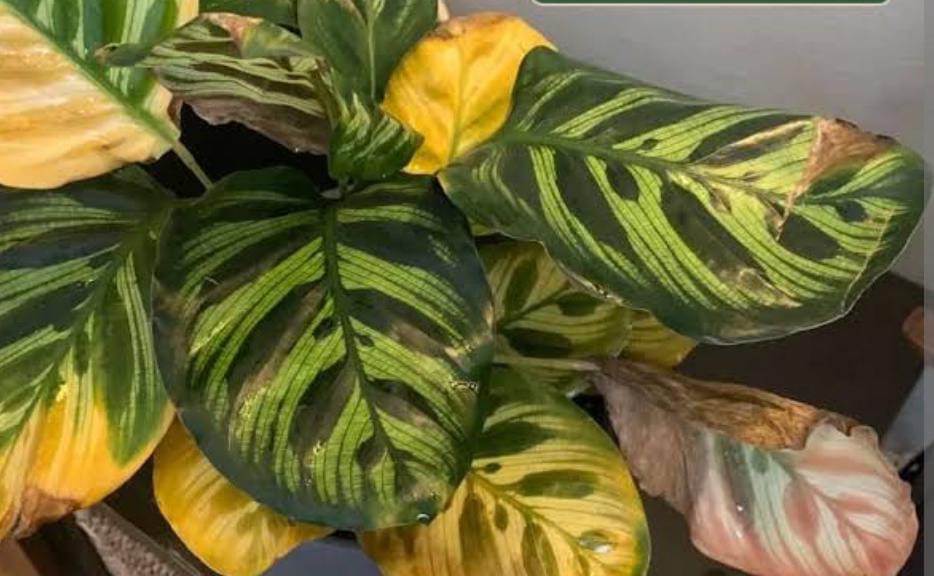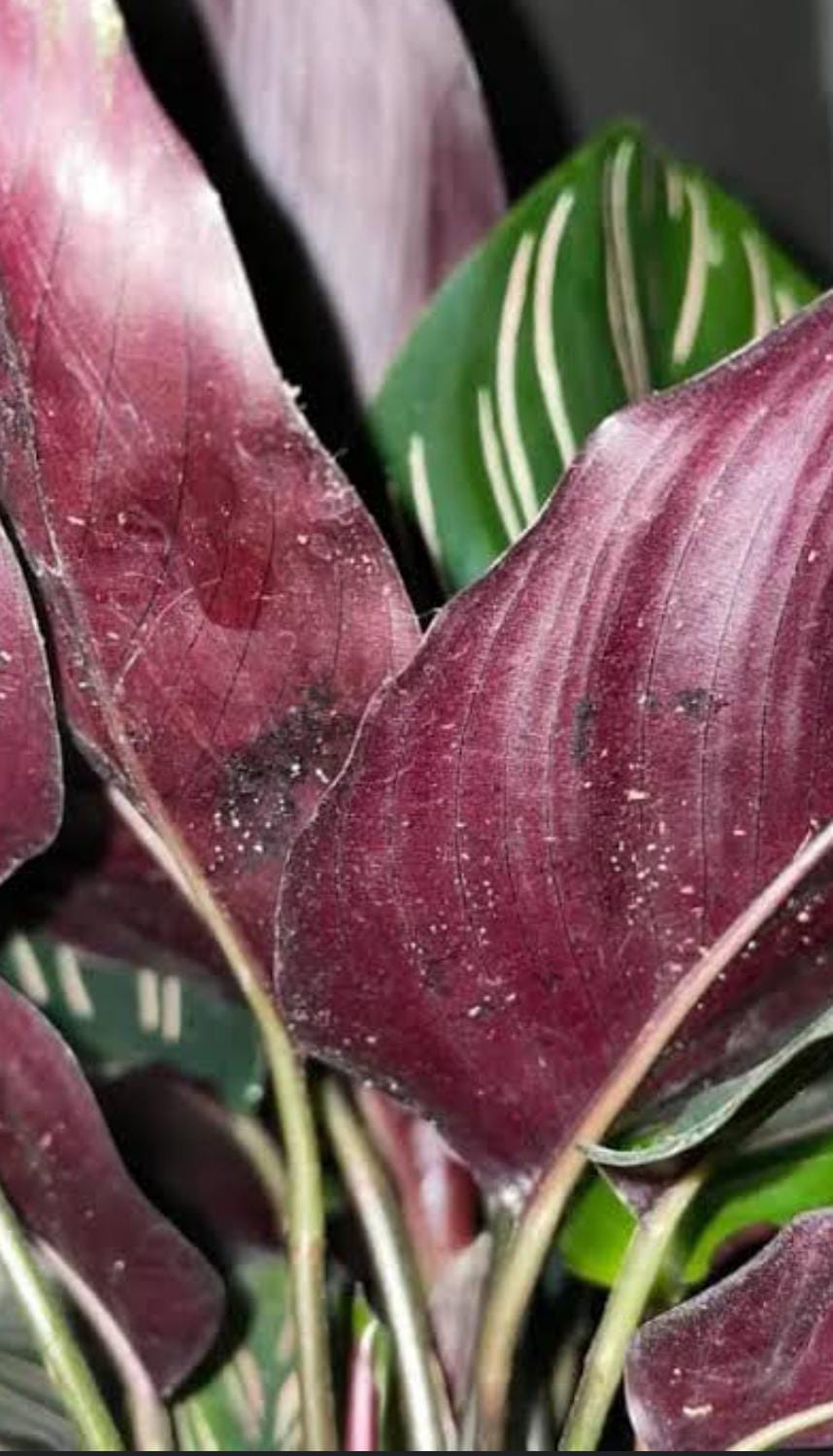Calathea Plant
Calatheas, herbs with moderate growth, prefer well-drained soil and bright indirect light. With high moisture needs, Calatheas are popular as indoor ornamental plants, known for their decorative foliage.
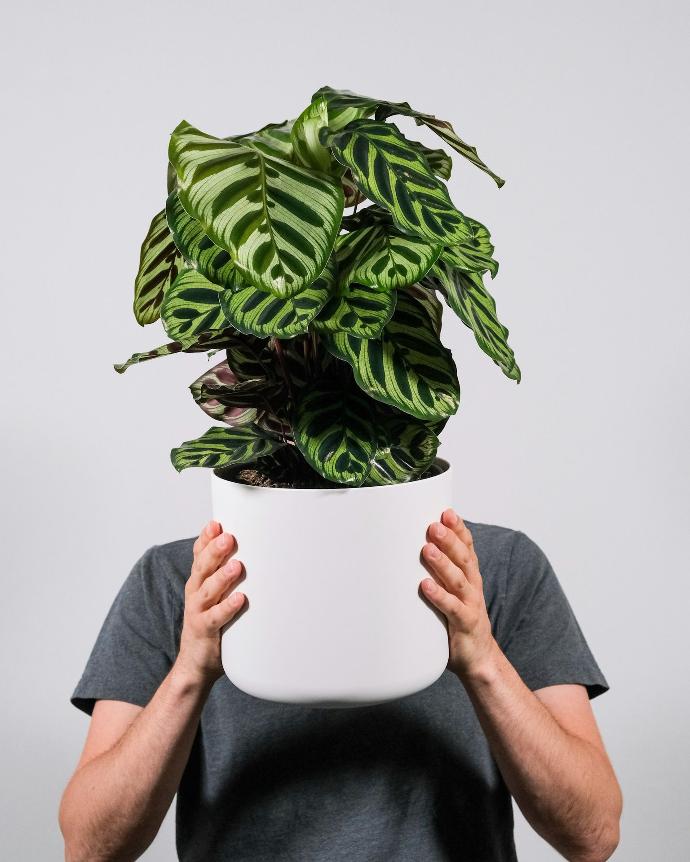
Habit
Herb
Height
0.6-1.2 m
Growth
Moderate
Soil
Humus-rich, well-drained
Shade
Bright-Indirect light
Moisture
Low
Edible
No
Medicinal
No
Origin
South America
Climatic Condition
Tropical, Subtropical
Temperature (°)
18-30°C
Humidity (%)
60-80%
Potting media
Peat-based or bark mix
Fertilizers
Balanced NPK
Watering
Keep soil evenly moist, don’t let it dry out completely
Plant Weight
300-500 grams
Flowering Time
Year-round (indoor)
Soil Ph level
5.5 - 6.5
Water Ph level
6.0-7.0
Soil EC
Medium
Yield Per Plant
1-2 plants per pot
NPK ratio
10:10:10
life Span
2-3 years
Health Benefits
Known for purifying the air and enhancing home aesthetics
Suggested Grow Media or Potting Mix ?
50% peat moss, 30% pine bark, 20% perlite
Suggested Fertigation/Fertilizers
Fertilize every 4 weeks with a balanced, water-soluble fertilizer.
Common Diseases and Remedies
calathea root rot , calathea powdery mildew
thinning of canopy , white powdery appearance on leaves
Pruning , spray neem oil or baking soda
HEALTH BENEFITS
Medicinal Properties
1. Anti-inflammatory: Calathea plants contain compounds that have anti-inflammatory properties, which may help reduce swelling and pain.
2. Antimicrobial: The plants have been shown to exhibit antimicrobial activity, which can help prevent the growth of bacteria, fungi, and other microorganisms.
3. Antioxidant: Calathea plants contain antioxidants that can help protect cells from damage caused by free radicals.
Air Purification
1. Removes toxins: Calathea plants are known to remove toxins and pollutants from the air, improving indoor air quality.
2. Reduces stress: By purifying the air and promoting a sense of well-being, Calathea plants can help reduce stress and anxiety.
Other Benefits
1. Improved sleep: The calming presence of Calathea plants can help promote relaxation and improve sleep quality.
2. Boosts mood: The vibrant colors and beautiful foliage of Calathea plants can help boost mood and reduce symptoms of depression.
3. Skin and hair benefits: The antioxidants and other compounds present in Calathea plants may have benefits for the skin and hair, such as reducing inflammation and promoting healthy growth.
What Is An Calathea Tree?
About Calathea Calathea, the furry-feathered or velvet calathea, is a species of flowering plant in the family Marantaceae, native to the state of Bahia in northeastern Brazil. This plant's common name comes from the fuzzy, fur-like underside of its leaves, which is unusual for this genus.

What Are The Different Types Of Calathea Plants?
Calathea currently includes approximately 60 species. Many species native to tropical America are popular potted plants because of their decorative foliage, and some species have colourful inflorescences and long blue-green leaves.
Calathea rufibarba ‘Elgergrass’: This variety has striking, contrasting green-purple foliage and reaches approximately 45 cm in height.
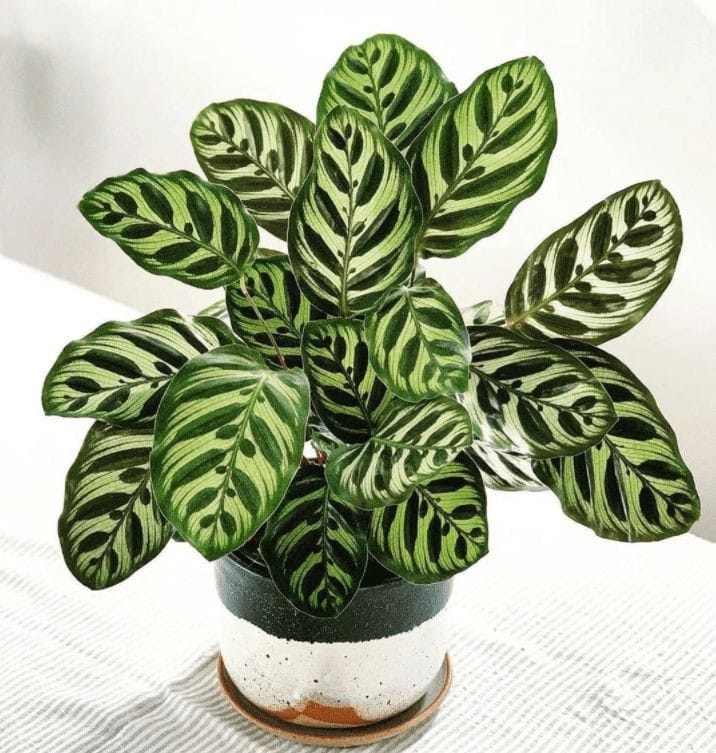
How to Care Calathea Plant ?
1. Location
Calathea , also known as fur-feather or velvet calathea, belongs to the arrowroot family, also known as the Marantaceae family. Originally native to the rainforests of Central and South America, it is often kept as an ornamental plant.
2. Sunshine
As most colourful plants, Calathea requires a large amount of diffused light. Direct sunlight will cause the leaves to fade and lose their pattern. It can tolerate some shade, but the more indirect light it receives, the finer its leaves will become.
3. Soil
Soil that retains moisture and has good drainage is ideal for growing Calathea. However, care must be taken to ensure that the soil is not too wet. If the plant is healthy and growing, it should be repotted every two years.
4. Hydration
Drooping Leaves – Calathea prefers semi-moist soil without completely drying out between waterings. When the soil dries out, Mike's leaves begin to droop, which is a sign that he needs a drink. When the first few inches of soil feel completely dry.

5. Nourishment
Fertilizer and Soil During the growing season, we recommend applying a half-strength nitrogen-rich foliar fertilizer once or twice a month. Avoid excessive fertilizer as this can harm the plant. Moisture-retaining, well-drained soil is ideal for growing Calathea.
6. Issues
Seed and seedling problems , Seedlings do not emerge from the soil. Seedlings are edible. The roots are tunnel-shaped, Seeds rot or seedlings appear and quickly fall over with black, water-soaked stems, Seedlings are eaten or cut close to the ground, Young shoots do not grow or die. Blue-black spots appear on leaves and stems.
What are the Benefits of Calathea Plant ?
Calathea Plant Benefits: Actively filters common indoor pollutants such as formaldehyde, benzene, and xylene, helping to improve the air quality in your home or office. This can improve your respiratory health and overall health.

FAQs About Growing Calathea
1. Is Calathea difficult to care for ?
Calathea should always be kept in moist soil, but under no circumstances should the plant be left in water or in very wet soil. Water slowly and frequently.
2. What is the Calathea plant good for ?
As a houseplant, Calathea roseopicta will reward your care and attention by improving the quality of the air you breathe (capturing dust and purifying toxins while delivering newly photosynthesized oxygen). In addition, calathea care can evoke calmness and alertness.
3. Does Calathea purify the air ?
Calathea is known for the unique movement of its patterned leaves, giving it an exotic feel and brightening up any room. The beautiful and uniquely coloured calathea plant purifies the air around it by filtering out a variety of toxic compounds.
4. Is Calathea lucky?
Even better, the Calateas plant is known for purifying the air and promoting improved indoor climate. Jade: In Feng Shui, this plant is also called the money tree. Because the round leaves symbolize good luck (which can come in the form of money or health).
